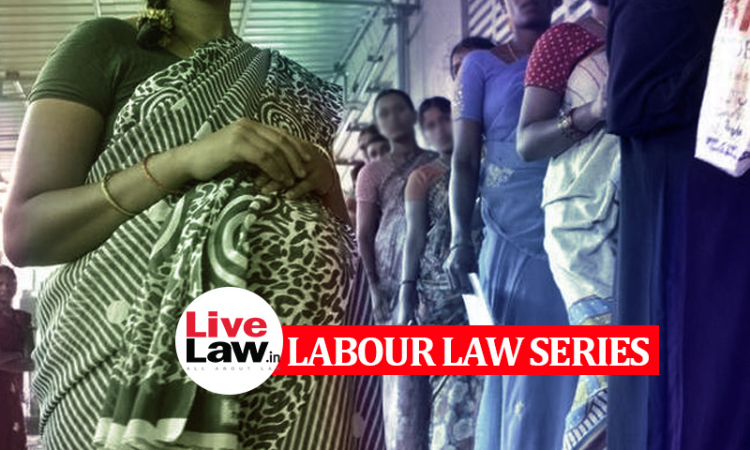Maternity Benefits In India: A Look At The Well-Intended But Misguided Law
Rashmi Bagri
30 Jan 2022 5:53 PM IST

Next Story
30 Jan 2022 5:53 PM IST
The persisting global gender gap in the workforce has created a dire need to make inclusive policies to augment women's participation in the labor force and in lieu of this, several countries around the world have formulated liberal maternity benefit provisions so that motherhood does not become a reason for women to opt-out of the workforce. In India itself, the female...
